|
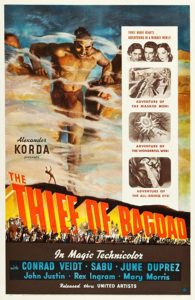
Synopsis:
When a kind-hearted prince (John Justin) is betrayed by his grand vizier (Conrad Veidt), he befriends a young thief (Sabu) who helps him survive on the streets of Bagdad. Justin quickly falls in love with the beautiful daughter (June Duprez) of a toy-obsessed sultan (Miles Malleson), provoking the ire of jealous Veidt, who wants her for himself. Will loyal Sabu — with the help of a giant genie (Rex Ingram) he rescues from a bottle — be able to help Justin reunite with Duprez?
|
|
Genres, Themes, Actors, and Directors:
- Conrad Veidt Films
- Fantasy
- Folk Tales, Fairy Tales, and Mythology
- June Duprez Films
- Magicians
- Michael Powell Films
- Rex Ingram Films
- Sabu Films
Response to Peary’s Review:
Peary writes that “spectacular special effects and colorful, imaginative sets highlight this wondrous Arabian Nights tale, one of the cinema’s most popular fantasy films.” He notes that “Alexander Korda’s endlessly inventive production” — a “very loose remake of the 1924 Douglas Fairbanks silent classic” — “includes most everything a young fantasy fan desires: a handsome prince…, a beautiful princess…, a clever and incorrigible teenager…, a diabolical dressed-in-black villain…, a flying carpet, a giant genie (marvelously and menacingly played by Rex Ingram) in a tiny bottle, an enormous spider, a dog who was originally a boy, a flower that causes amnesia, a toy horse that can fly, fantasy lands, action and adventure.” He writes that while “halfway through the picture Justin and Duprez kind of fade out”, this is “okay because this lets Sabu and Veidt dominate the screen” as “terrific adversaries”. He argues that the “film is initially slow and a bit complicated” (I disagree), but that “the pace really picks up once Sabu meets Ingram’s scary Djinni” — and he points out it’s “unusual watching a long sequence (the best in the film) in a British production that features characters played by a dark-skinned Indian boy and an American black man.”
Peary doesn’t spend much time in his GFTFF discussing the film’s production design or history, but he goes into much greater detail in Cult Movies 3, where he expresses admiration that this film (helmed by no less than six directors) was completed at all, given Britain’s emergent involvement in WWII. But he also complains more about its weak points, writing, “I assume the critics who were so generous to the film judged it mostly on its appeal to kids. You can forgive its flaws, but it’s impossible to deny their existence.” I don’t really feel the same way. Sure, the special effects are at times clunky compared to modern-day CGI, but this is to be expected — and the overall magical feel surpasses any visual glitches. Regarding the film’s narrative structure — Peary argues it “opens clumsily” and “barely recovers from this awkward beginning” — I think it serves the nature of this material well: One Thousand and One Nights was infamously told as a series of interwoven tales that wouldn’t necessarily proceed in linear fashion. Ultimately, though, it’s the special effects sequences from this movie which linger in one’s memory: Ingram rising as a swirl of gray smoke from his bottle (what a clever initial trick Sabu plays on him!); Malleson attempting to embrace a many-armed “Silver Maid” statue; Sabu fearlessly doing battle with a giant spider; Sabu flying to the rescue on a magic carpet… This is a tale for the ages, and most certainly must-see viewing at least once for all film fanatics.
Redeeming Qualities and Moments:
- Sabu as Abu

- Conrad Veidt as Jaffar
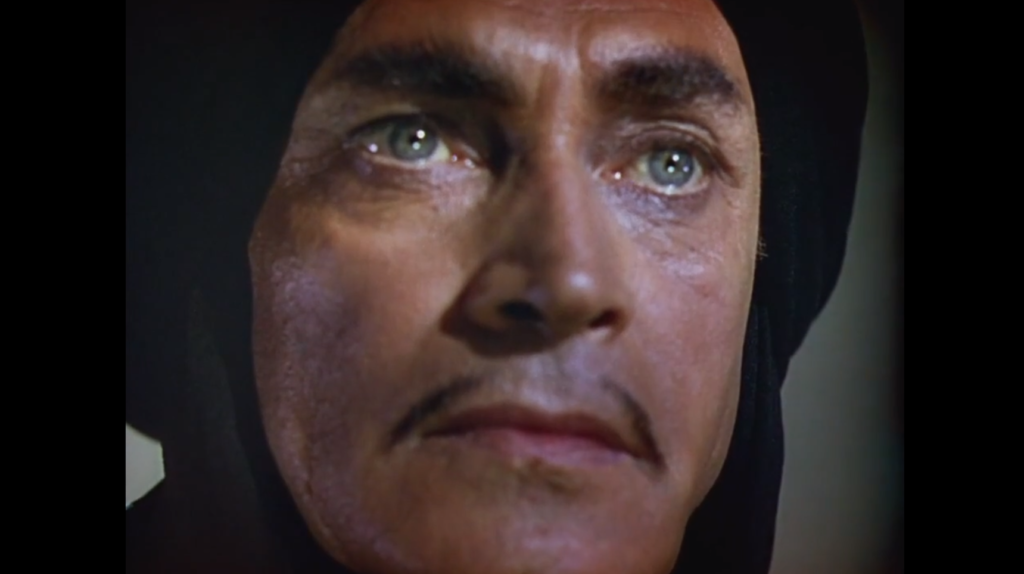
- Rex Ingram as the Genie
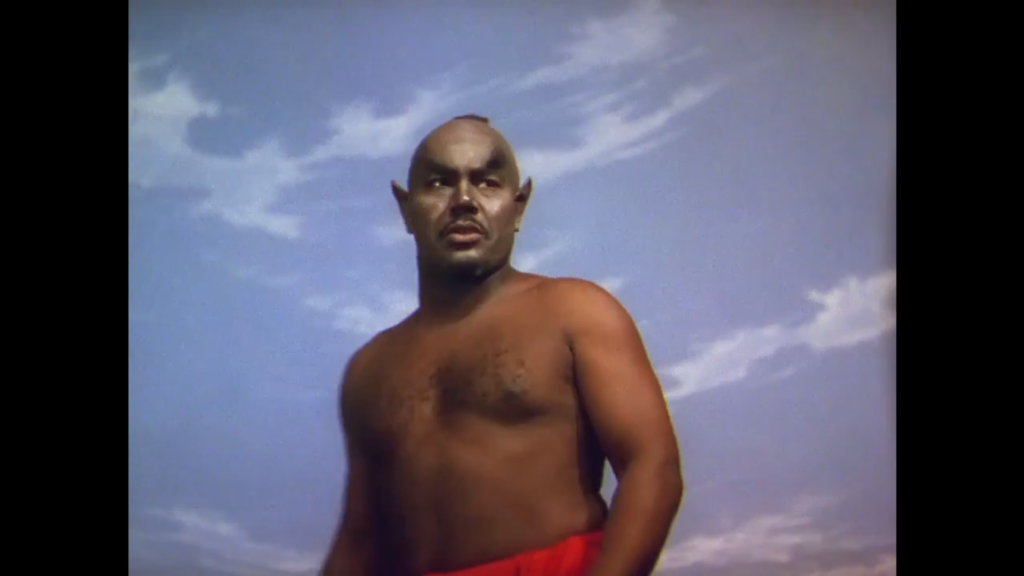
- Fabulous set designs and art direction
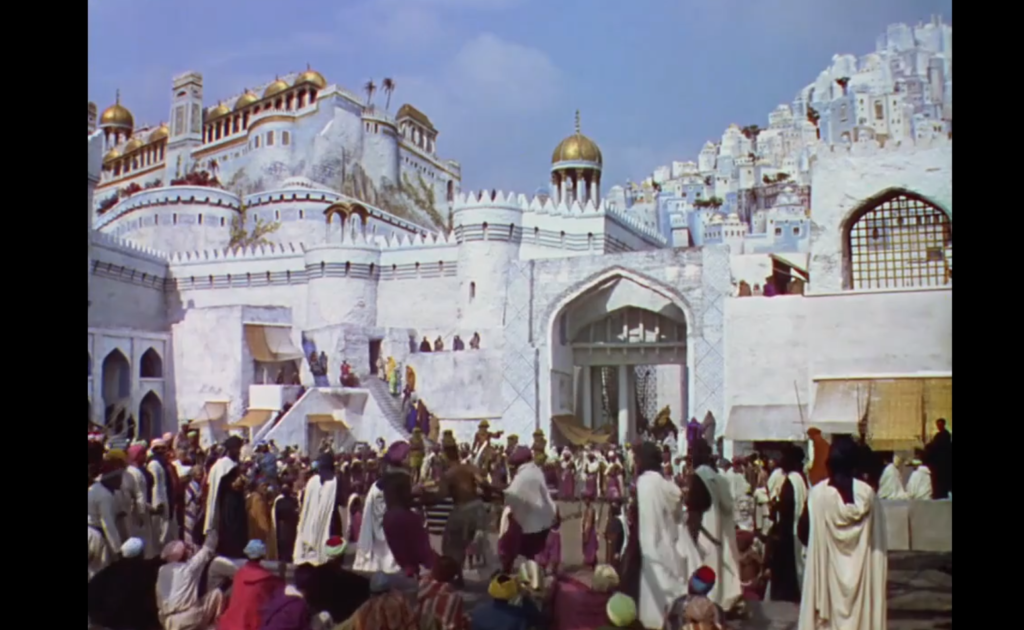

- Georges Perinal’s cinematography
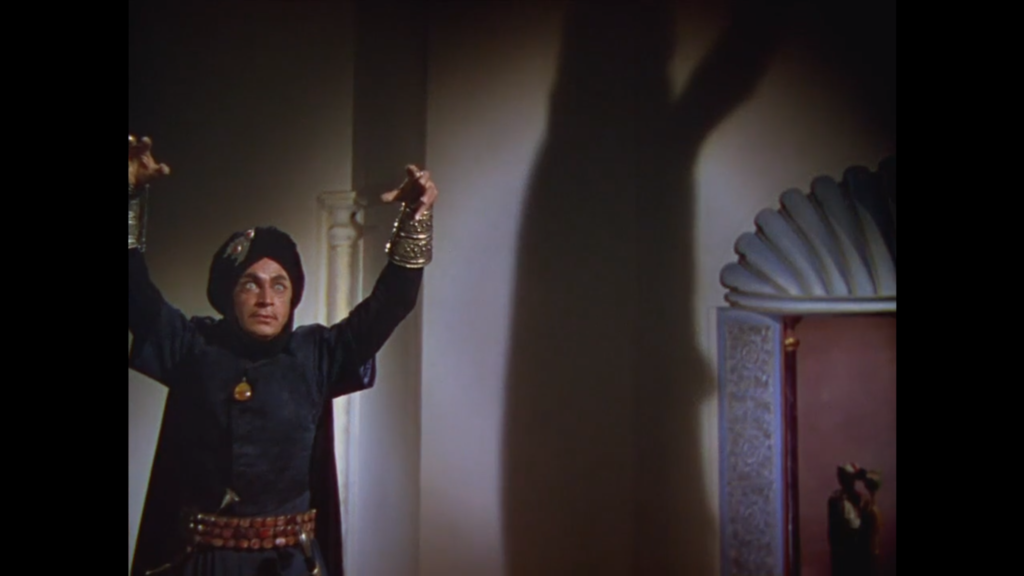
- Lawrence Butler and Jack Whitney’s special effects
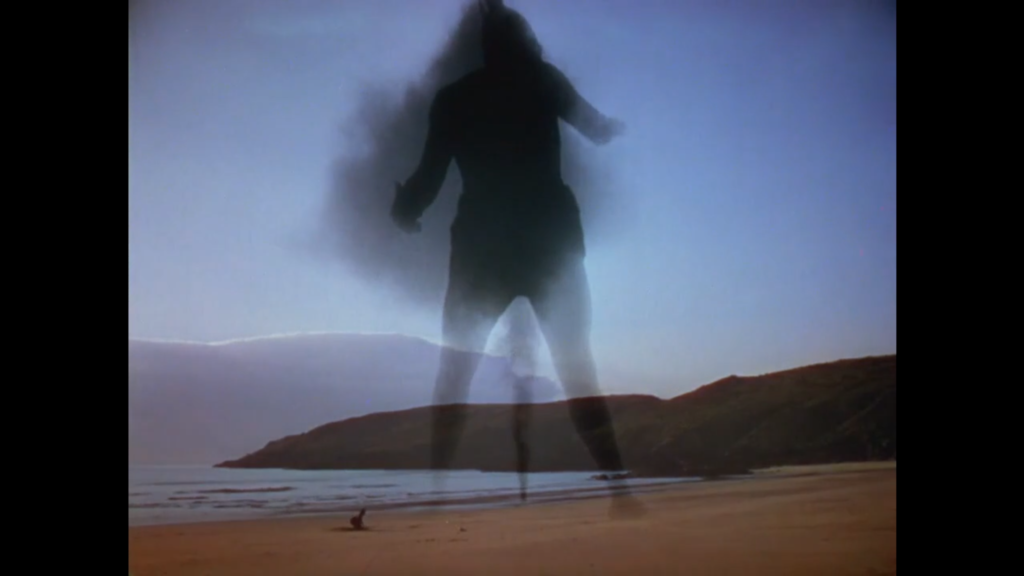
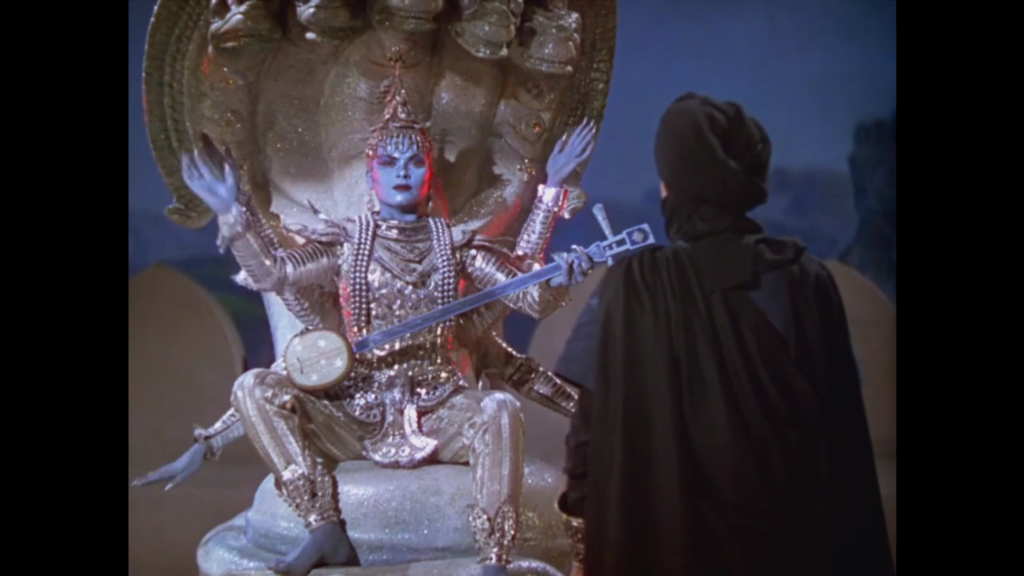

- Miklos Rozsa’s score
Must See?
Yes, as a still-enjoyable classic.
Categories
Links:
|










One thought on “Thief of Bagdad, The (1940)”
A must-see – as an all-around good show: performances / direction, exquisite photography / production design, and storytelling.
This isn’t even the type of story that I’m normally fond of; tales of sultans, princesses, viziers, etc., don’t do that much for me. I wouldn’t be that drawn to such a story on paper. Yet, all the elements combined here for a screen presentation make the film compelling and often magical.
Yes, the narrative does occasionally betray its own logic (i.e., even though the princess inhales the fragrance of The Blue Rose of Forgetfulness – and does indeed forget everything about herself – she instantly remembers, and even embraces and kisses, Ahmad when he suddenly returns to her). And, yes, some of the special effects do now look somewhat quaint – though, personally, I’m glad the giant spider looks that fake; any more realistic and that sequence would be a bit too much to handle.
But the film’s few, minor ‘flaws’ are of little consequence. Each sequence builds upon the one before it – and the film becomes more engrossing as it progresses. I also really like the dog! 😉
As well – I have developed a fascination of sorts with Conrad Veidt. Of course, I’ve known who he was for years – without really *knowing* who he was. But it seems I’ve noticed him more closely in the past several years, and he’s a very impressive actor. I intend to continue to be on the lookout for his performances in some of his lesser-known films.